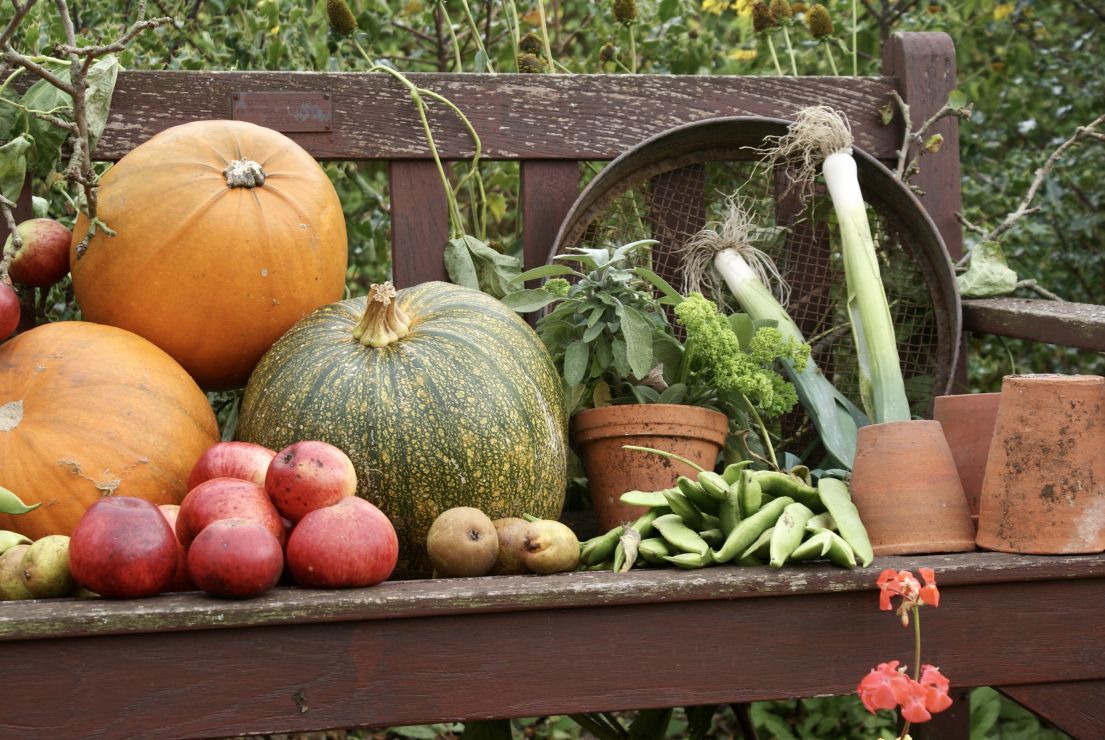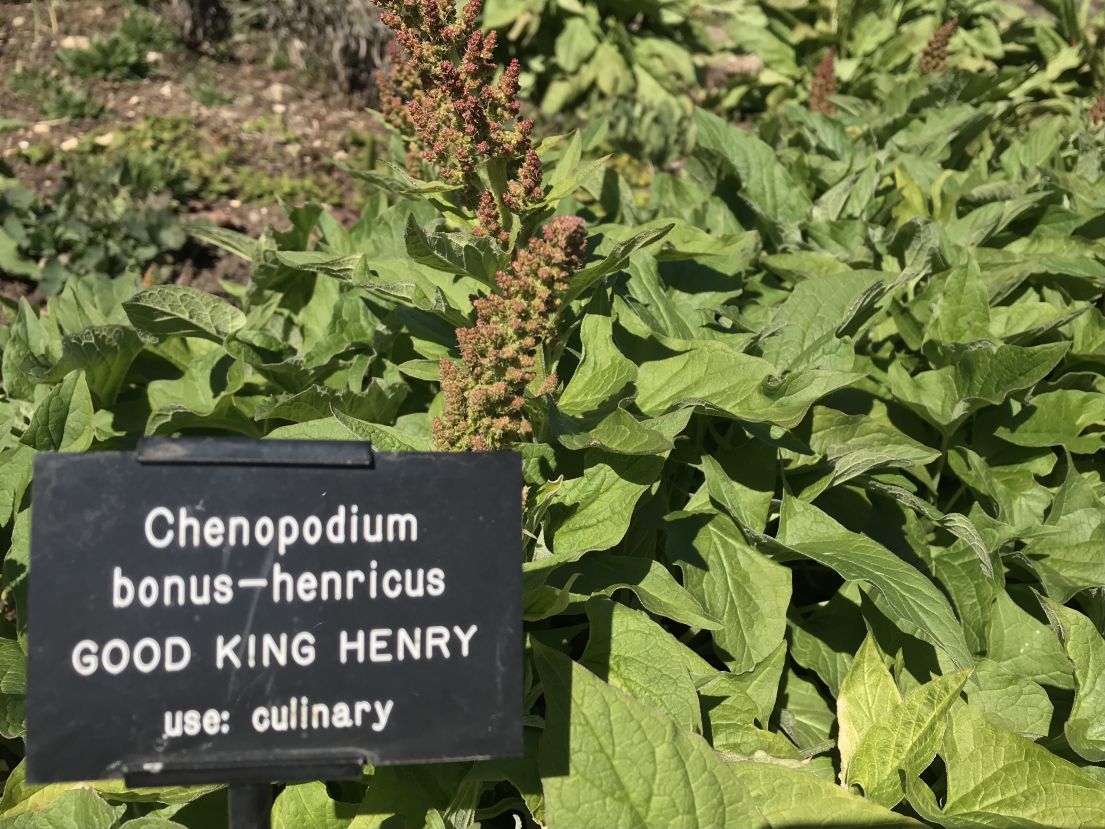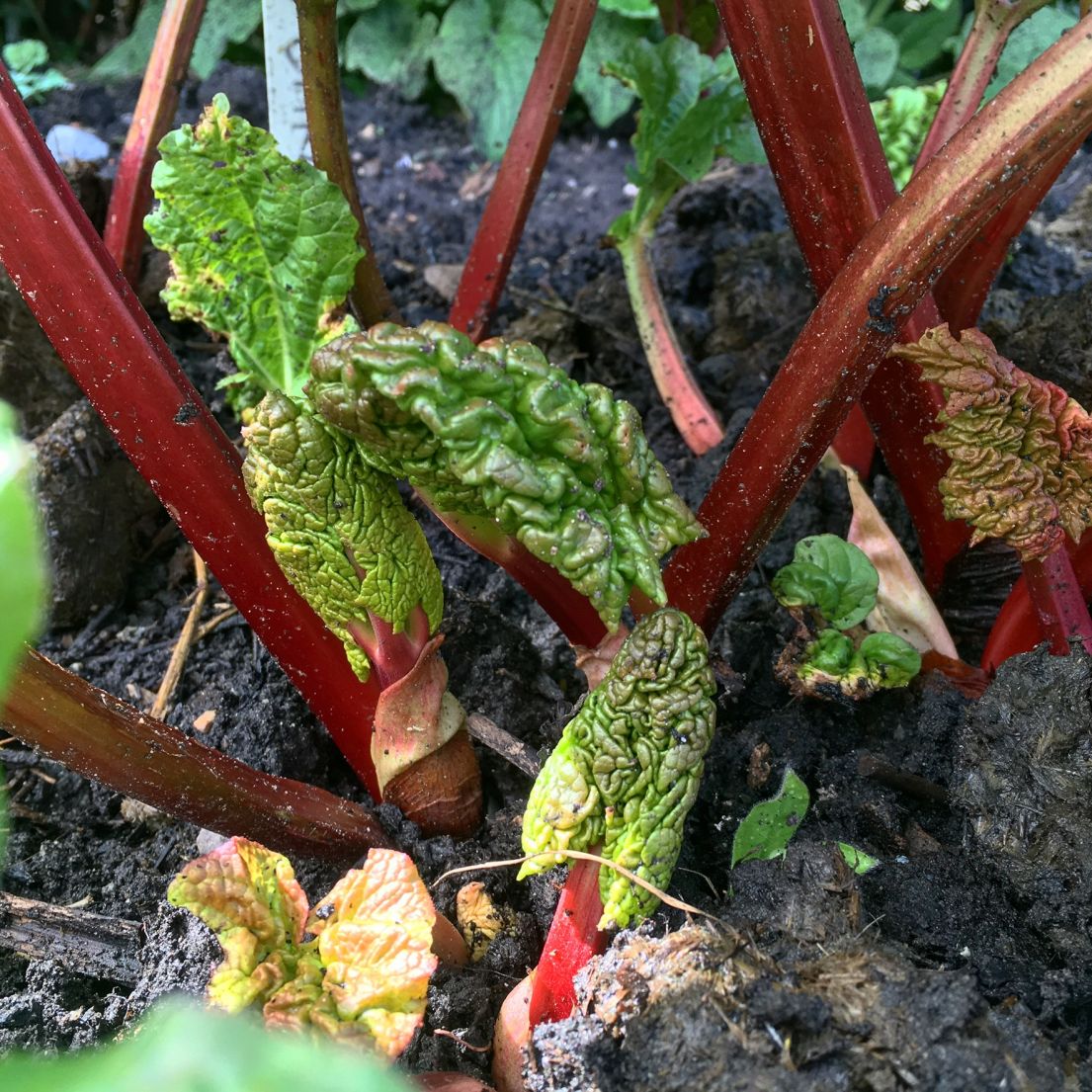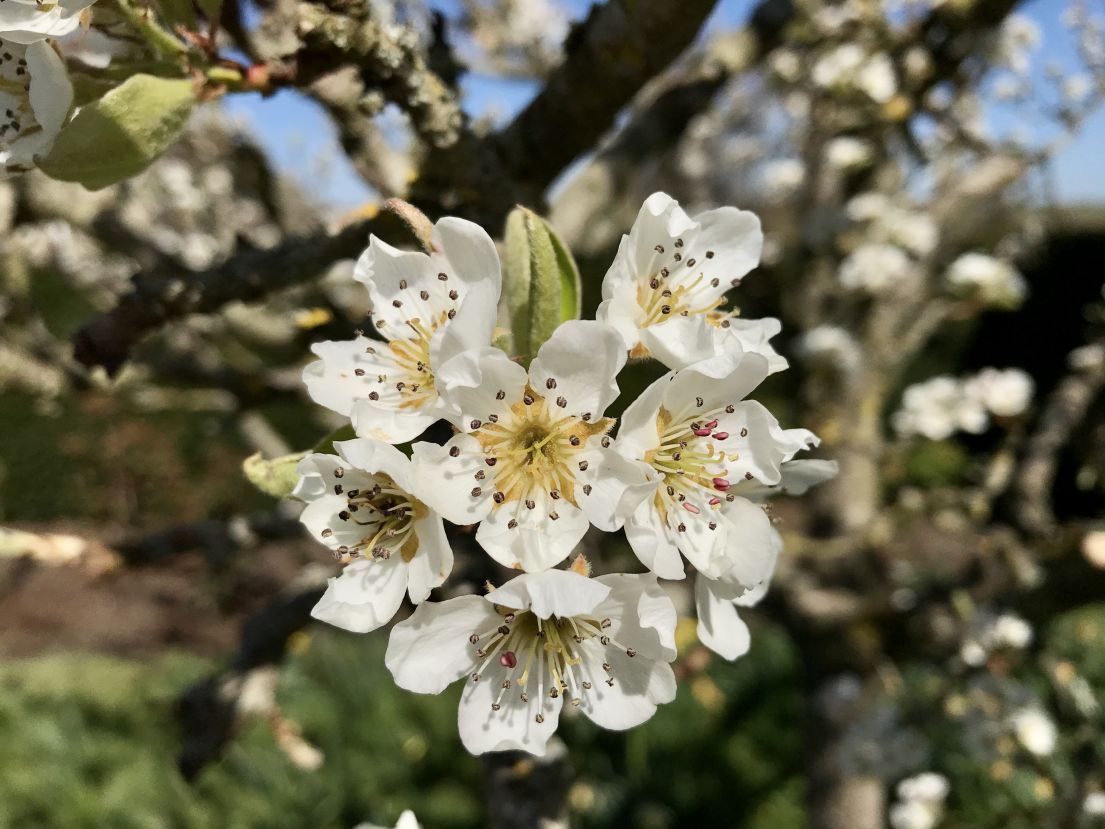
What do we mean by 'heritage plants'?
Well, as often the way, the answer is that it depends on your point of view. For me, I have to say that it is something that arcs back to days gone by, to a variety of plant that has proven history; be it a native herb known through centuries to have healing properties, or an exotic tree introduced by a daring Victorian plant hunter.
Are they better than regular fruit and veg?
I think I’ve often fallen into the trap of believing new is better, and that the latest variety has to be better than those previously available. In recent years though I have increasingly begun to look back, to question the past, and not just at the design of historic gardens but the ‘heritage’ plant varieties grown in them too.
Heritage plants to me are an example of living history. In a way it is akin to looking at a family tree, where although names and faces may change, tracing the family line can prove both a fascinating and grounding experience. To kneel before an old variety of plant, to sow its seed, to nurture and grow its fruit and to understand even a little of its past is to be a part of that plant’s history itself. In some cases, it doesn’t necessarily matter that a plant doesn’t have the best tasting fruit, or even that it’s not the most attractive specimen; a plant can often earn its space purely on its family credentials!
Origin stories
On the basis that heritage plants have stories, and are not just to be admired visually or devoured as another of our ‘five-a-day’ items, I’d like to introduce you to a random selection of those I’ve literally tripped over lately. Here are four plants that I hope will tempt you to enquire, and to explore further into the wonderful world of plant history.
Good King Henry - a regal staple
‘Annie Elizabeth’ - a loving memorial
‘Annie Elizabeth’ is a cooking apple that owns a history that touched me the moment I read it in Joan Morgan and Alison Richards’ ‘The Book of Apples’. It was said to have been raised by a magistrate’s clerk from Leicester c.1857, from a Blenheim Orange seedling. It was named, movingly, after his baby daughter who died in 1866. The variety was subsequently brought to market by Harrison’s in 1868, and incredibly the original tree was still known to be growing in the 1970s. This tree is one of many heritage varieties, some specific to a particular part of our country, that each hold stories linked to chance finds, careful rearing, and in some cases to mass production and the world’s market. After learning about the likes of Annie Elizabeth, Laxton’s Superb and many more, it is now with a much greater degree of respect that I look upon each gnarly, un-named fruit tree in any given orchard.
Rhubarb - worthy of a film
'Williams' Bon Chrétien' - a golden crop
I shall stop my list there, as whilst it is but short, I’d like to think that when you next stand before the colourful seed packet display at a garden centre, you might be interested to discover whether it’s a ‘tried and tested’ old variety, or a modern F1 hybrid introduction that, despite its credentials, won’t necessarily deliver a fresh crop of useable seed when its season ends. I’d also like to think that should you find yourself visiting one of the many kitchen gardens across our land, that you’ll maybe pause before a neat row of vegetables or some espaliered apples and wonder at their origin, about who discovered their qualities, and who exploited their value and brought them to market.
Find out more
For more of Gary's gardening gems follow him online
- Blog: Gardening Ways
- Twitter: @GaryWebb1
This year's festival theme is Edible England, so keep an eye out for more mouthwatering events and stories coming your way. So far we can tempt you with:
- Let's bake - A rummage through the National Trust's collection of historical bakeware
- Untapped tales - Find out more about illicit whisky production
*That expensive spice is saffron



